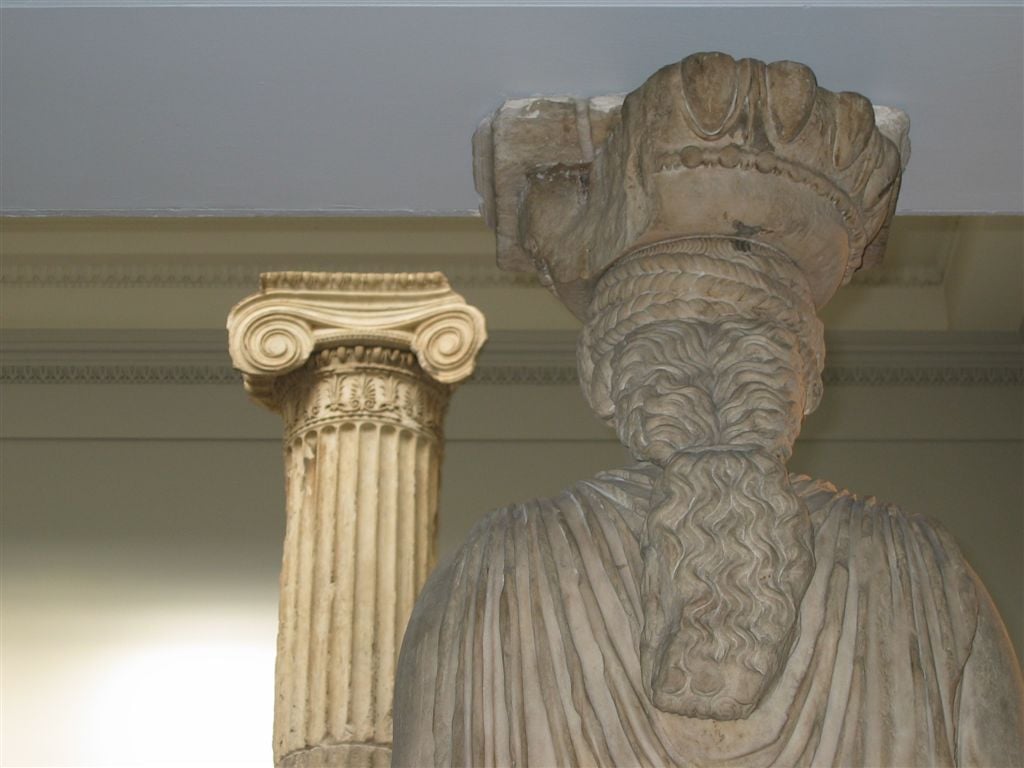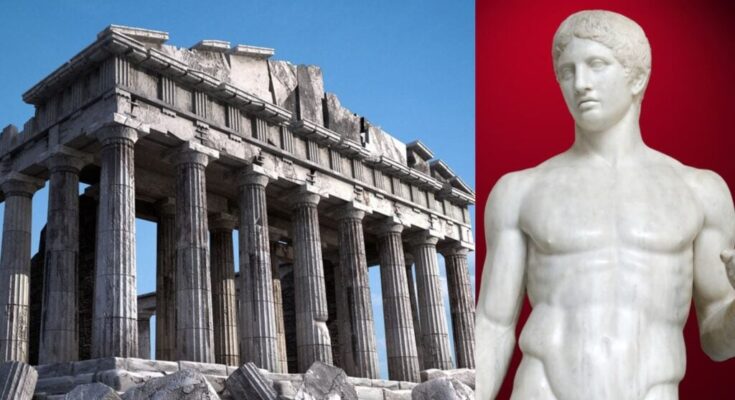It might not be widely known but the ancient Greeks placed great importance on the way they looked and therefore their physical beauty. This attitude was not a coincidence. It has a deep religious root as the Greeks believed that good physical appearance was a direct reflection of moral goodness.
Their standards of beauty were not very different to ours today, as they emphasized heavily on symmetry, youthfulness and, of course, enhancing the natural appearance through accessories and cosmetics. This would be topped off by intricate hairstyles and elegant clothing that would add to the overall aesthetically pleasing image of someone who wanted to look and feel good.
By taking a closer look at the beauty ideals that shaped this influential civilization, we can better understand ancient Greek society and its norms. After all, their fascination with physical and moral beauty had overreaching consequences even to the way we perceive beauty today.
Cosmetics at the core of ancient Greek beauty
Pale skin was highly prized in ancient Greece, as it indicated a life of leisure away from outdoor labour. This is particularly true if we think about the Greek climate. Having to work outdoors meant hours upon hours of exposure to the hot Mediterranean sun. This would mean that the lower classes tended to be more tanned and had more wrinkles than the upper class, who had the luxury of enjoying most of their time indoors in beautiful residencies. As pale skin was so sought-after, to achieve it, women applied white lead to their faces, despite its toxic effects. Natural cosmetics were also particularly popular, such as olive oil and honey for cleansing and moisturizing the skin.
As for makeup, women used subtle red iron oxide and ochre clay to add color to lips and cheeks and make their faces look more appealing. Charcoal and olive oil served as eyeliner and eye-shadow to define the eyes too, in a very similar way to what people who use makeup products do today. Interestingly, uni brows were considered beautiful and could be created using dark powder, something that is not the case in the world of fashion anymore.

Hairstyles as part of ancient Greek beauty standards
Hairstyles were very important for the overall appearance of the ancient Greeks. They evolved over time but long, wavy hair was consistently seen as the ideal of beauty for women. In the early periods of ancient Greece, women grew their hair long and tied it into a knot. As the centuries went by, more elaborate styles emerged with braids, buns and hair accessories like bands, pins and nets to hold the hair in place.
Hair color was also another way to enhance beauty in someone’s image. Blonde hair was favored among women and could be achieved by lightening the hair with vinegar and sun exposure. For hair care, olive oil was used as a conditioner to keep the whole appearance soft and shiny. Notably, slaves were required to keep their hair short, while free women grew theirs long, usually wearing it up after marriage.

Fashion and the ideal physique
The ancient Greeks believed that symmetry and proportion were fundamentally important and the key to a beautiful physique. For men, this meant a muscular but not over-exaggerated, athletic build. On the other hand, women were considered most attractive when they had a fuller, pear-shaped figure that showcased their femininity. Spartan women were especially praised for their natural beauty and athleticism as they were too exposed to the austere environment of Spartan upbringing.
For this reason, clothing was designed to highlight these particular idealized body types that were adored by the ancient Greeks. The draped, flowing garments like the chiton for men and the peplos for women drew their emphasis on the physique of the person who was wearing them. As pale skin was not only a beauty standard but also a marker of high social class, it was obligatory for those people to be able to show their non-tanned bodies.
It is worth mentioning that this intense focus of the ancient Greeks on beauty had also a profound influence on Western aesthetics that continues to this day. Their emphasis on symmetry along with their adoration of youthfulness and muscular physique helped define our modern perceptions of attractiveness. This, topped with the practices of enhancing natural beauty through cosmetics, hairstyling and fashion, tells us a lot about the roots of today’s beauty standards.
Despite the fact that some of the practices of the ancient Greeks may seem strange to us now, the core principles behind the definition of Greek beauty standards are still very relevant in our world, particularly at a time when the superfluous element of social media has surrounded our societies.



